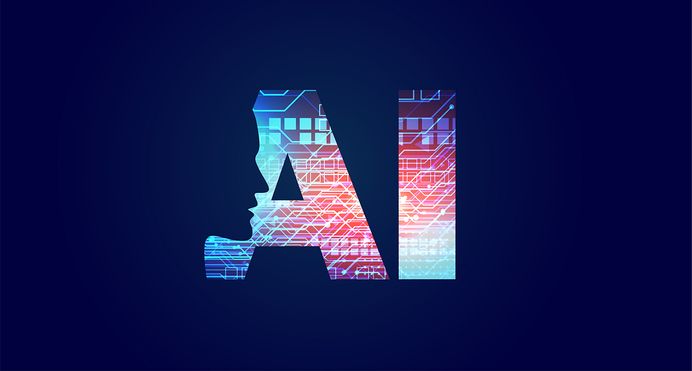How ML and AI in Banking are Transforming Banking Industry?
Introducing machine learning and artificial intelligence to banks
The extreme levels of precision that banks require while managing vast amounts of information acquired from consumers, dealing with transactions, inquiries, and much more can only be achieved through a system that can repel accidents without fail. The natural imperfections that accompany humans are gaps in a potentially perfect structure. These gaps can only be sealed through the engagement of tools built with machine learning (ML) and artificial intelligence (AI) that are largely immune to errors of human nature.
The use of AI in banking has enabled the industry to achieve unimaginable levels of accuracies virtually impervious to mistakes, allowing immaculate analysis and interpretation of data without ever requiring an erratum. The critical acclamation of AI use in banking has placed many an organization’s trust in these solutions.
Banking institutions have been prompt with adopting advanced technologies, and AI adoption is an exciting new frontier for both industry and consumer. This weblog explores the possibilities AI brings to the banking sector and how future-ready machine learning and artificial intelligence solutions can take a centuries-old industry to the next level.
How does AI help in banking?
The deployment of AI in banking and finance industries has virtually unlimited applications ranging between and beyond prevention of illicit activities and streamlining operations to eliminating the scope of fallacies. Sensitive consumer data is a significant resource in the banking sector, and AI in commercial banking can help prevent breaches and misappropriation of information.
Software dedicated to delivering safe transfer of data can be developed and deployed throughout the infrastructure effortlessly without the need to rebuild existing structures. Furthermore, the technology is highly adaptable. Personnel training requirements are minimal, and an intuitive interface makes interactions with AI-powered tools simpler.
Here are some instances where AI is transforming the banking industry.
- Detection
Artificially intelligent systems that accommodate learning capabilities can be employed for the detection of suspicious activity and prevent financial misconduct. AI programmed with a framework to highlight events that appear to be irregular can help detect fraud, prevent break-ins into digital vaults and even capture culprits in the event of theft and forgery.
Furthermore, the incorporation of AI into systems eliminates the need for assembling evidence upon commission of offenses resulting in prompt delivery of justice and further reducing legal costs and investigation time frames.
- Consumer support
Financial institutions deal with a vast majority of the population as a routine, providing everything from product information to grievance redressal. These large numbers of customers need tailored solutions, and the workforce is a finite resource in an enterprise.
AI in financial services can help be of service to clients jointly and severally through algorithmic engagement, which can perform on commands to interact independently with clients improving retention, conversion, and reducing drop-offs.
- Risk management
Artificial intelligence is a completely data-driven solution capable of a holistic dissection of information to generate comprehensive reports accentuating elements that can help define the scope and extent of the risk factor in a situation. Machine learning enables banks to better understand clients through careful examination of an entity’s financial information. These solutions can improve loan disbursement policies for banks, help manage risk, and identify potential defaulters on credit.
AI can help indemnify banks against hazards that are indiscernible to human acumen, potentially avoiding problems in the future and better prepare for contingencies that are too complicated to forecast.
- Compliances
AI is changing how banks comply with regulations. The use of machine learning in banking infrastructure helps the bank stay in line with legislation and directives issued by concerned authorities. Legal boundaries and regulatory guidelines can be programmed into banking systems to stabilize the network and throw a spotlight on events that arise suspicion.
Government agencies can use AI systems to ensure that banks are abiding by the directives set forth by various departments eliminating the need for painstaking investigations into matters relating to financial and economic policies. Violations can be traced to their origin, preventing overlooking and neglect.
Future of banking and AI
The banking sector is ever-evolving, and with growth in economies across the world, financial inclusion is bringing more people into the banking network. Banks need superior capabilities to deal with rising operations to help organize efforts, optimize the use of human resources, and warrant precision within the institutions.
Artificial intelligence is capable of performing duties too scrupulous to be discharged by employees of the enterprise. The advanced learning capabilities can be leveraged to feed strict specifications to abide by in order to execute functions repeatedly and continuously.
Here at Interface, we provide advanced AI tools to institutions in the banking and finance sectors to help them achieve the highest levels of proficiency and perfect their operations.
Log on to interface.ai to know more about us.
Discover the Latest Insights on Interactive Intelligence for Banking Newsletter
Join the newsletter to receive the latest updates in your inbox.



